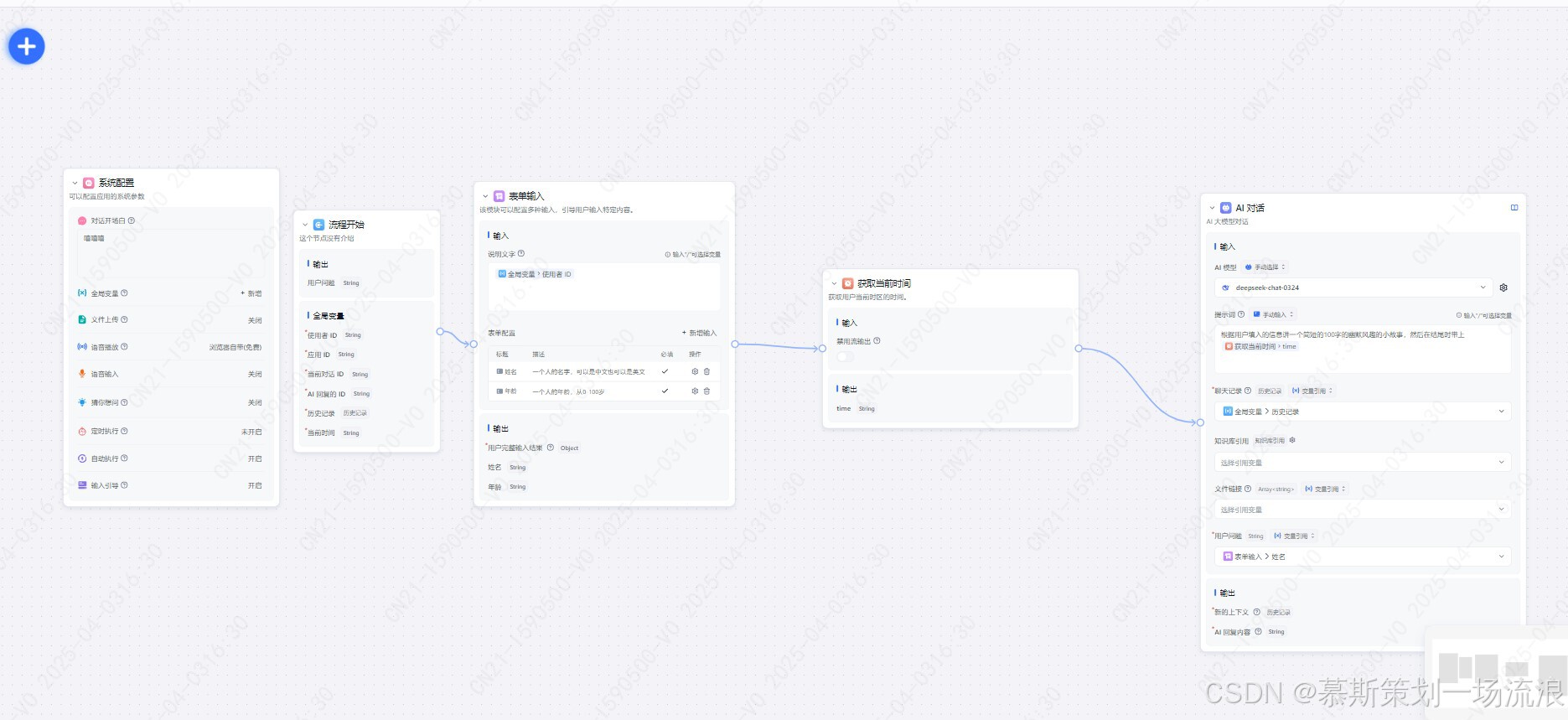文章目录
- 使用 Element UI 的全选功能
- 自定义选项来模拟全选
在使用 Element UI 的 el-select组件时,实现“全选”功能,通常有两种方式:一种是使用内置的全选功能,另一种是通过自定义选项来模拟全选。
使用 Element UI 的全选功能
Element UI 的 组件本身并不直接支持全选功能,但是你可以通过设置 collapse-tags 属性来显示已选择的标签,并通过自定义方法来模拟全选。
示例代码:
<template>
<el-select v-model="selected" multiple collapse-tags placeholder="请选择">
<el-option
v-for="item in options"
:key="item.value"
:label="item.label"
:value="item.value">
</el-option>
<el-option label="全选" :value="null" @click.native="handleSelectAll"></el-option>
</el-select>
</template>
<script>
export default {
data() {
return {
selected: [],
options: [
{ value: 'option1', label: '选项1' },
{ value: 'option2', label: '选项2' },
{ value: 'option3', label: '选项3' }
]
};
},
methods: {
handleSelectAll() {
this.selected = this.options.map(item => item.value);
}
}
};
</script>
自定义选项来模拟全选
如果你希望有一个更明显的“全选”按钮,可以添加一个按钮或链接来实现这个功能。
示例代码:
<template>
<div>
<el-button @click="selectAll">全选</el-button>
<el-select v-model="selected" multiple collapse-tags placeholder="请选择">
<el-option
v-for="item in options"
:key="item.value"
:label="item.label"
:value="item.value">
</el-option>
</el-select>
</div>
</template>
<script>
export default {
data() {
return {
selected: [],
options: [
{ value: 'option1', label: '选项1' },
{ value: 'option2', label: '选项2' },
{ value: 'option3', label: '选项3' }
]
};
},
methods: {
selectAll() {
this.selected = this.options.map(item => item.value); // 全选所有选项的value值
}
}
};
</script>
在这个例子中,我们添加了一个按钮,当点击这个按钮时,会调用 selectAll 方法,该方法会将 selected 数组设置为所有选项的 value 值,从而实现全选的效果。这种方式提供了更好的用户体验,因为它明确地告诉用户有一个“全选”操作。








![[Redis]Redis学习开篇概述](https://i-blog.csdnimg.cn/direct/6e4a2e62989c48af80449bb86c15b99d.png)










